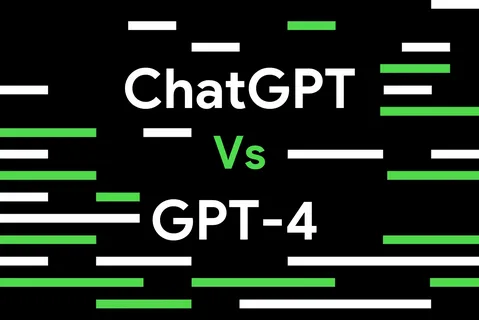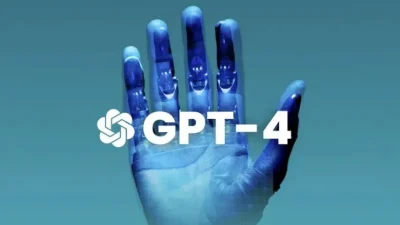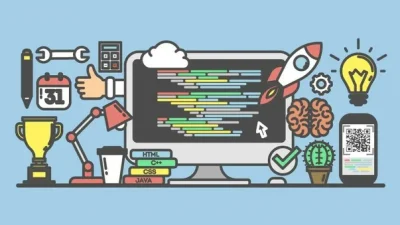The advent of GPT-4 represents a significant leap forward in AI capabilities compared to its predecessor, GPT-3. As artificial intelligence continues to evolve, understanding the differences between these two models is critical for users looking to optimize their applications. In this article, we delve into the primary improvements of GPT-4, focusing on its expanded context handling, enhanced accuracy, improved multitasking abilities, and broader language support. By exploring these aspects, readers will gain insights into when and why GPT-4 might be the better choice.

Expanded Contextual Understanding
One of the standout features of GPT-4 is its ability to handle a larger context window compared to GPT-3. While GPT-3 supports a maximum of approximately 4,000 tokens, GPT-4 significantly increases this capacity to handle up to 32,000 tokens in certain configurations. This expanded context window allows GPT-4 to excel in tasks that require deep contextual understanding over lengthy documents or complex conversations.
For example, in legal analysis or document summarization, GPT-4’s capability to process extensive text without truncation makes it far more effective than GPT-3. Similarly, for coding applications, it enables developers to work with broader codebases or engage in longer debugging sessions.
Contextual Capabilities
| Feature | GPT-3 | GPT-4 |
|---|---|---|
| Context Window | ~4,000 tokens | Up to 32,000 tokens |
| Long-Form Summaries | Limited by tokens | Significantly improved |
| Extended Dialogues | May lose context | Retains context over extended exchanges |
Accuracy and Precision
Another critical improvement in GPT-4 is its increased accuracy in generating responses. GPT-4 benefits from more extensive training data and refined model architecture, which allows it to better interpret complex queries and reduce the likelihood of generating incorrect or misleading information.
For instance, in academic or professional settings where factual accuracy is paramount, GPT-4 demonstrates a marked reduction in errors compared to GPT-3. This improvement is particularly noticeable in domains such as:
- Scientific Research: Providing precise answers based on detailed datasets.
- Medical Applications: Offering more accurate interpretations of symptoms and medical information.
- Technical Documentation: Generating clear and coherent responses with fewer inaccuracies.
Accuracy Improvements in Practice
GPT-4 also excels in answering nuanced questions where GPT-3 may have faltered. This improvement stems from its ability to cross-reference information internally and generate responses that are both contextually and factually aligned with the input.
Enhanced Multitasking
Multitasking capabilities have been significantly enhanced in GPT-4, enabling it to perform well in scenarios requiring simultaneous handling of diverse tasks. GPT-4 has shown superior performance in managing inputs that demand a mix of reasoning, creativity, and technical skills.
For example:
- In customer service, GPT-4 can process multiple types of queries simultaneously while maintaining high levels of accuracy and relevance.
- In content creation, GPT-4 can generate blog posts, create social media captions, and summarize lengthy articles in a single workflow.
These capabilities make GPT-4 particularly useful for businesses and organizations that rely on automated systems to streamline operations.
Multitasking Comparison
| Task | GPT-3 Performance | GPT-4 Performance |
| Handling Mixed Queries | Moderate | High |
| Simultaneous Outputs | Limited | Enhanced |
| Task Adaptability | Less flexible | Highly adaptable |
Broader Language Support
GPT-4 introduces expanded support for multiple languages, making it a more inclusive and versatile tool for global users. While GPT-3 demonstrated strong performance in English and a few other major languages, GPT-4 builds upon this foundation with better proficiency across a wider range of languages, including regional and low-resource languages.
Notable Improvements:
- Better Syntax and Grammar: Improved fluency in languages like Japanese, Arabic, and Hindi.
- Contextual Accuracy: Better handling of idiomatic expressions and cultural nuances.
- Inclusivity: Enhanced ability to understand and generate content in less widely spoken languages.
This broader language support opens doors for applications in international customer service, multilingual content generation, and cross-border business communications.
Language Support Comparison Table
| Feature | GPT-3 | GPT-4 |
| Number of Languages | ~50 | ~100+ |
| Fluency in Low-Resource Languages | Moderate | High |
| Cultural Nuance | Limited | Advanced |
Practical Use Cases for GPT-4
The improvements in GPT-4 make it the go-to choice for a variety of advanced applications. Here are some examples:
- Legal Analysis. Its extended context window allows for in-depth contract reviews and legal research.
- Academic Research. Enhanced accuracy supports detailed literature reviews and data analysis.
- Healthcare. Provides reliable and detailed insights for medical professionals and researchers.
- Programming Assistance. Handles larger codebases and provides more precise debugging support.
- Content Creation. From long-form articles to creative writing, GPT-4’s multitasking and contextual understanding elevate its output.
Challenges and Considerations
Despite its advancements, GPT-4 is not without limitations. Some challenges include:
- Computational Requirements: The increased complexity of GPT-4 demands more processing power, which may not be accessible to all users.
- Cost: GPT-4 services are typically more expensive than GPT-3, which could be a limiting factor for smaller organizations.
- Ethical Concerns: As with any AI system, the potential for misuse remains a concern, highlighting the need for responsible deployment.
Conclusion
GPT-4 stands as a clear evolution over GPT-3, offering substantial improvements in context handling, accuracy, multitasking, and language support. While it may require more resources to operate, the benefits it provides make it an invaluable tool for professionals, businesses, and developers aiming for higher precision and efficiency.





